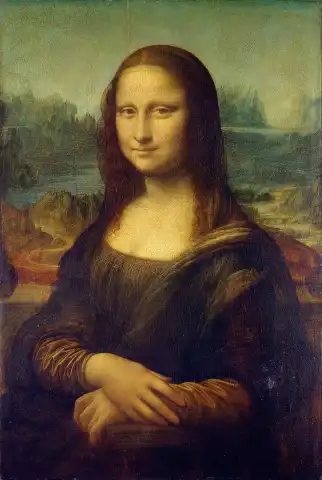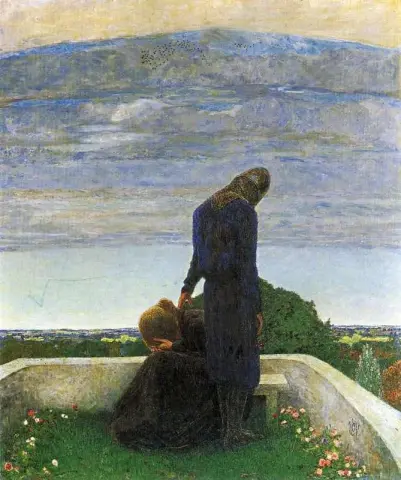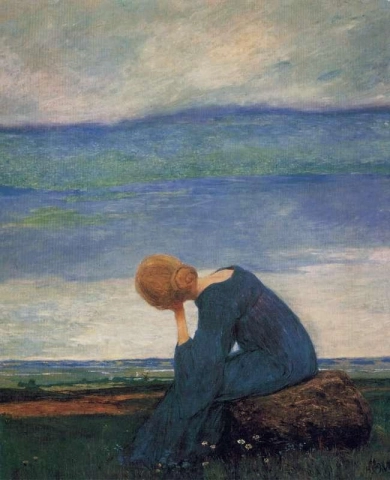

Hand painted reproductions of Heinrich Vogeler
Heinrich Vogeler: A Visionary of Art Nouveau and Social Reform
Early Life and Artistic Development
Heinrich Vogeler (1872–1942) was a German painter, designer, and writer celebrated for his contributions to the Art Nouveau movement and later for his socially engaged art. Born in Bremen, Germany, Vogeler demonstrated artistic talent from an early age and pursued formal training at the Düsseldorf Academy of Arts.
In the 1890s, Vogeler became associated with the artists’ colony in Worpswede, where he embraced nature as a central theme in his work. During this period, he produced some of his most iconic Art Nouveau pieces, marked by their decorative elegance and harmonious compositions.
Style and Influence
Vogeler’s early work reflects the stylistic hallmarks of Art Nouveau, characterized by flowing lines, intricate patterns, and a focus on beauty and craftsmanship. His paintings, book designs, and furniture often combined romanticism with an idealized view of nature. Works like The Magic Garden exemplify his ability to blend natural forms with dreamlike symbolism.
As Vogeler’s career progressed, his artistic focus shifted towards social realism. Influenced by his experiences during World War I and his growing political consciousness, he abandoned the decorative aesthetic of his early years. His later works expressed themes of social justice, solidarity, and the plight of the working class.
Legacy and Recognition
Heinrich Vogeler’s dual legacy as a master of Art Nouveau and a socially committed artist places him among Germany’s most significant cultural figures. His early decorative works are celebrated for their refinement and aesthetic innovation, while his later socially conscious pieces reflect the profound transformation of his artistic and personal philosophy.
Vogeler’s life and career came to an end under tragic circumstances during World War II when he was deported to Kazakhstan by Soviet authorities, where he died in 1942. Despite this, his art continues to be exhibited in major museums and collections, serving as a testament to his enduring influence.
Where to Buy Reproductions of Heinrich Vogeler’s Works
Discover the timeless elegance of Heinrich Vogeler’s Art Nouveau designs and the emotional depth of his later works with high-quality prints and canvas reproductions, available at POD. Explore our collection and bring his artistic vision into your home.
Imagine owning an original-style painting by one of the greatest artists in history. At POD, we offer you the chance to make this dream a reality. Each canvas is faithfully reproduced down to the smallest detail, allowing you to experience the beauty of the artist’s vision in your own home.
Our reproductions are crafted by experienced painters using the finest materials and time-honored methods. We are committed to delivering works of exceptional quality that will inspire and bring joy to your family for generations to come.















